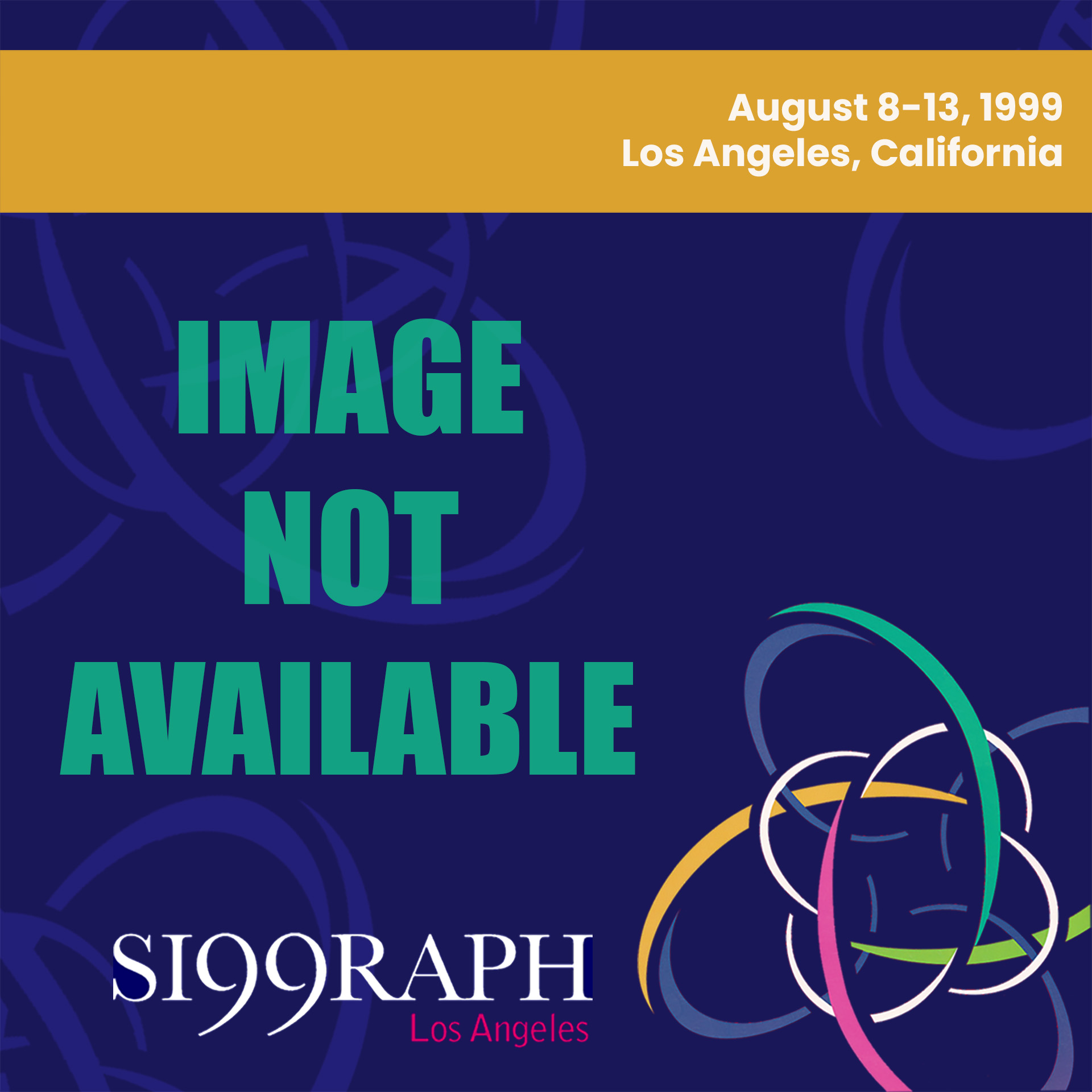“Figures of Speech” by Squire
Conference:
Type(s):
Title:
- Figures of Speech
Presenter(s)/Author(s):
Abstract:
What do you get when you put a group of 3D computer animation students together with an animation instructor and a great concept? Figures of Speech, an eight-minute animation that humorously depicts interesting colloquialisms of various origins. Imagine really seeing what happens when the “cat’s got your tongue” or what it might be like when “it” really hits the fan.
Overview and Concept Development
The English language is full of creative associations from diverse origins. These catch phrases and colloquialisms are obvious because they translate poorly into other languages. The sheer volume of commonly used English figures of speech is quite remarkable. Choosing a commonly used figure of speech and successfully depicting it in a non-obvious manner is quite a task.
Figures of Speech follows the process of preparing a body of student animations in a form and quality suitable for screening at festivals and contests. Teaching an individual to reach an applied understanding of 3D computer animation is a delicate balance of several skill sets. Teaching an individual to animate, problem-solve, and specialize, as well as tell a story, is critical in an industry that expects high-caliber work. A mix of correct schooling in classical technique, practical use of newly introduced animation tools, story and concept development, and multiple critiquing sessions is necessary for a successful performance.
Real World Critiquing
Instructors will find it helpful to integrate the client/art director/producer relationship in the classroom. There’s a feedback loop that’s essential to producing good work. It is extremely useful to show students the ropes using a real-world approach.
The limitation of this experience (as opposed to the real world) is that the student completes the work from start to finish.
In a small studio, the critiquing begins almost immediately. The same is true in the classroom. Ideas are deemed feasible or not, and the scope of the project is limited to an attainable amount of work. Multiple critique and feedback sessions are essential to push students beyond their current aesthetic and practical understandings of animation.
In the real world, you get feedback from the client, who expects a product to be developed on time and on budget. The producer’s role is to see that the work is done according to plan and that resources are properly allocated. The art director oversees the aesthetic of the project. As an instructor, you get to play all three roles. And critiques are done with all three job descriptions in mind.
The feedback loop is started from day one of the project. A log of the feedback from each of the critiques helps students logically address suggested changes. During the second critique, a preliminary grade is awarded. Students can elect to make the additional changes before beginning their final render. A grade is given based upon completion of those changes. The final render delivery date is set, and students are penalized, or graded-down, if the deadline is not met.




